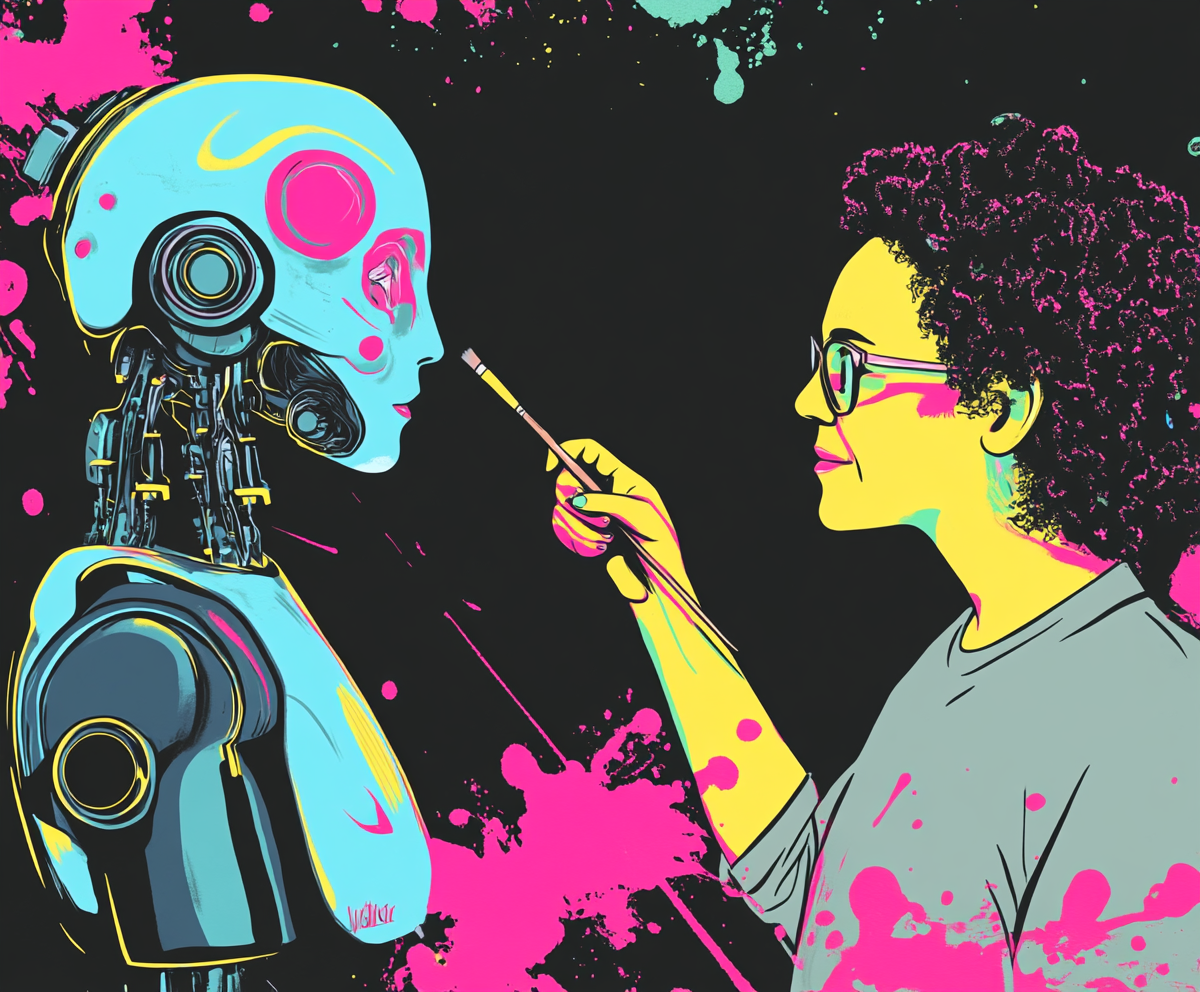AI tools like ChatGPT and MidJourney have become both a crutch and a timesaving support for marketers and creatives all across the business spectrum. AI in marketing can be a big help, whipping up email copy in seconds, generating eye-catching visuals at the speed of your processor, and helping bring campaigns to life faster, no question.
But here’s the thing: speed and volume don’t always equal quality or connection. Just because you can automate something doesn’t mean you should—at least, not without a little human finesse.
So, let’s figure out how to thoughtfully incorporate AI into your marketing, what to watch out for, and why real creative humans are still vital to creating standout work that actually works.
How AI Can Help—When Used the Right Way
1. Think of AI as your creative assistant, not your creative director
AI tools like ChatGPT and MidJourney are great at helping you brainstorm, draft, or mock things up quickly. They’re super useful when you need to:
- Break through writer’s block
- Generate a bunch of content ideas
- Produce quick design variations
But AI can never really understand your audience, your goals, or your brand personality. That’s still your job—or your marketing team’s. Use AI to speed up the doing, but not to replace the thinking and experience.
2. Use AI to get a head start, not a final product
Need a first draft for a blog post or some concepts for a new product visual? Perfect—use AI get the ball rolling. Then, step in and shape the results. Add your voice. Check for nuance. Make sure everything feels intentional and on-brand.
3. Set up smart systems
If you’re going to use AI consistently, put a little structure in place. That might look like:
- Creating prompt templates for a consistent tone
- Building a visual “prompt library” for MidJourney that reflects your brand style
- Setting up review steps so humans always have the final say
The goal is to make AI part of your process, not the end-all and be-all.
Where AI Falls Short (and How to Avoid Common Pitfalls)
As powerful as these tools are, they come with some real limitations:
1. AI can sound… like AI
Sometimes ChatGPT writes in a way that’s technically correct but feels bland or robotic. Without human input, your content can end up sounding just like everyone else’s—and that’s the very opposite of what good marketing should do. AI churns out buzzwords like “game-changer” and “elevate” and “next-level” with absurd regularity, and it takes a real writer to catch and edit these to make sure it doesn’t sound like rehashed jargon devoid of real substance.
2. AI doesn’t know your brand/customers/market/style/values like you do
Even with smart prompting, AI doesn’t really “get” your tone, your audience, or the subtleties of your message. That’s where human editing makes a huge difference, especially if you care about sounding personal, intentional, and real. And you should, because your audience responds to those things and is getting better every day at sniffing out inauthentic content.
3. Design tools like MidJourney can produce beautiful images, but not always useful ones
MidJourney can create gorgeous, surreal visuals… that may not be practical for your campaign or product. Or maybe it gets details wrong (like too many fingers!) It’s great for inspiration or moodboarding but still needs a designer’s eye to create something usable and attractive without being creepy/horrific or just “off”.
4. Ethical and legal gray areas
Some AI tools are trained on copyrighted material. If you’re using them for commercial projects, you need to be careful about rights, originality, and where your content is coming from.
5. It doesn’t replace real empathy or judgment
AI can’t read the room. It doesn’t understand cultural nuances, humor, or sensitivity the way humans do. That’s especially important when crafting messages for diverse audiences or sensitive topics.
Why Human Creatives Still Matter – A Lot
At the end of the day, AI is just a tool. And like any tool, it’s only as good as the person using it.
Designers, writers, marketing strategists—these are the people who bring context, emotion, and meaning to your brand. They know how to break the rules in a way that works. They understand how your audience feels, not just what they click.
A human designer can look at an AI-generated image and say, “This is cool, but it’s not us.” A good marketer can read a ChatGPT blog draft and instantly know what needs to change to make it connect.
Human connection is what makes marketing memorable—and what turns tools like ChatGPT and MidJourney from gimmicks into real value-adds.
Final Thoughts: Use AI to Enhance, Not Replace
AI can save you time, spark ideas, and take a lot of the grunt work off your plate. But if you want marketing that actually stands out and resonates, it still needs human hands (and hearts) behind it.
The sweet spot for AI in marketing: use AI to handle the busywork, and let your creative team focus on what they do best—telling your story in a way that’s honest, smart, and uniquely you, based on years of human knowledge and experience.
Because the future of marketing isn’t AI vs. humans. It’s AI with humans.
If you’re interested in adding a human touch to your marketing, reach out to our team of experts. We’re here to help!

